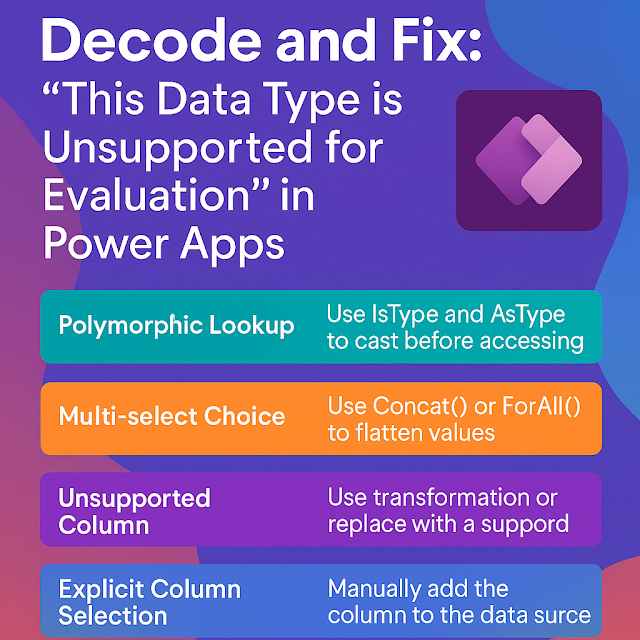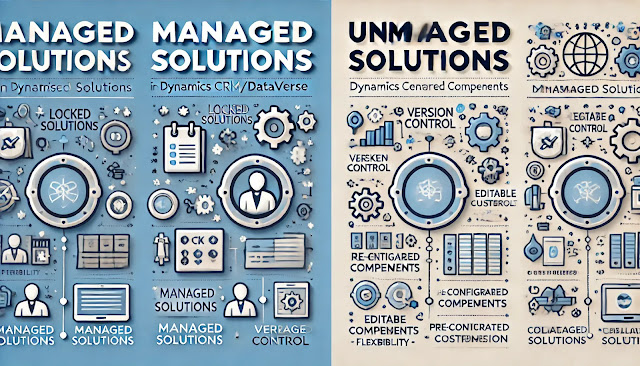Functional Analysis of Product Families and Bundles in Dynamics 365 Sales
In Dynamics 365 Sales, Product Families and Product Bundles serve distinct but complementary roles in managing and selling products efficiently. Product Families are used to organize and categorize related products within the product catalog, allowing for a structured hierarchy where shared attributes—such as pricing models, units, and categories—can be inherited by all products under the same family. This simplifies catalog management and ensures consistency across similar products. In contrast, Product Bundles are designed for sales scenarios, allowing multiple individual products to be grouped and sold together as a single offering. Bundles make it easier for sales teams to promote packages, cross-sell, and provide customers with complete solutions while still tracking each item’s details individually. Together, product families streamline catalog organization, while product bundles enhance the selling process and customer experience.
Product Bundle
Purpose: To group multiple individual products into a single packaged offering.
Key Points:
- A bundle is a sellable package that contains two or more products (and even services).
- It allows you to sell multiple items together at a single price or combined pricing.
- Useful when you often sell the same set of products together (e.g., a laptop + mouse + bag).
- Each product within the bundle still retains its individual characteristics (e.g., SKU, price, inventory tracking).
- When adding the bundle to a quote, order, or invoice — all bundled products are automatically included.
Example:
A “Starter Kit” bundle might include:
- Laptop
- Carrying Case
- One-year Warranty
Product Family
Purpose: To organize related products into a logical hierarchy for easier management and navigation.
Key Points:
- A family is a categorization tool, not a sellable unit.
- It helps structure your product catalog by grouping similar products under a parent family.
- Families can contain child products or subfamilies, allowing you to manage attributes, pricing, and relationships consistently.
- Common attributes defined at the family level can be inherited by all child products.
Example:
A “Laptops” product family might include:
- Surface Laptop 5
- Surface Laptop Go
- Surface Laptop Studio
Functional Difference Overview
In simple terms:
Product Families = Organize and manage your catalog efficiently.
Product Bundles = Simplify selling by grouping products together.
Summary:
In Dynamics 365 Sales, Product Families and Product Bundles are key tools in organizing and managing a company’s product catalog.
Product Families group related products together under a single category to simplify catalog management, enhance reporting, and streamline the sales process. They provide a logical structure for product classification, making it easier for sales teams to find and present relevant products. For example, a “Laptop Family” could include various laptop models with different specifications.
Product Bundles are predefined collections of products sold together as a single package, often at a combined price. Bundles simplify the quoting process, improve cross-selling opportunities, and ensure consistent product offerings. They also enable sellers to offer discounts or value-added packages, such as a “Work-from-Home Bundle” including a laptop, monitor, and accessories.
Functionally, Product Families organize products at a catalog level, while Product Bundles serve as a sales-level grouping designed for transactions and offers. Together, they improve sales efficiency, provide better pricing control, and enhance the customer buying experience.













Comments
Post a Comment